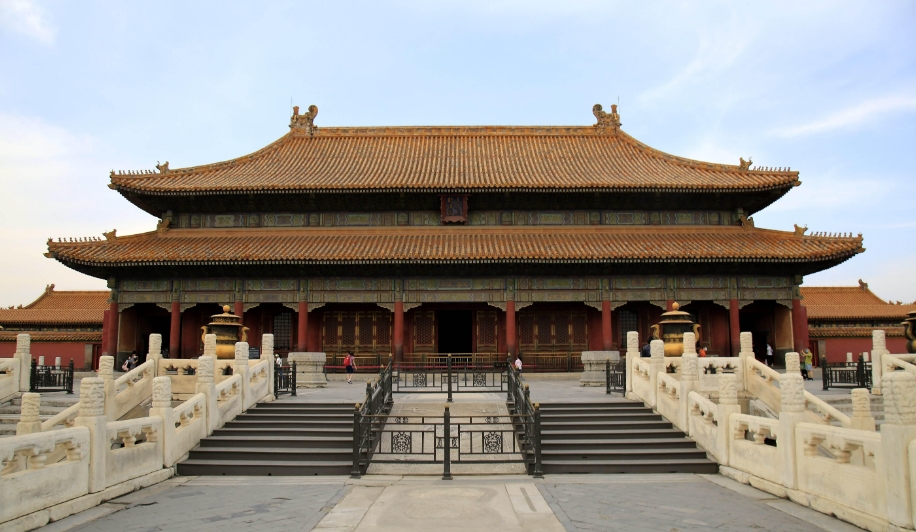
The Forbidden City: A Timeless Symbol of Power and Legacy
The Forbidden City, a sprawling complex of opulent palaces and serene gardens, stands as a majestic testament to China's imperial past. For over five centuries, it served as the beating heart of the Middle Kingdom, dictating the rhythm of political life and shaping the cultural landscape of a nation.
A Seat of Imperial Power:
Completed in 1420 after fourteen years of laborious construction, the Forbidden City became the epicenter of power for the Ming and Qing dynasties. It was from these hallowed halls that 24 emperors, regarded as Sons of Heaven, ruled over their vast empire. The very architecture of the city, with its imposing gates, sprawling courtyards, and meticulously planned layout, reinforced the emperor's absolute authority and divine mandate. Every detail, from the vibrant yellow roof tiles, reserved solely for imperial buildings, to the intricate carvings depicting auspicious creatures, whispered of power, prestige, and the emperor's connection to the heavens.
A Ritualistic Stage for Imperial Life:
Beyond its political function, the Forbidden City served as a grand stage for the intricate rituals and ceremonies that defined imperial life. Every aspect of life within its walls, from daily routines to grand celebrations, was meticulously choreographed to reflect the emperor's status as the intermediary between heaven and earth. Grand processions, elaborate banquets, and solemn ancestral rites unfolded within its courtyards, reinforcing the emperor's authority and the hierarchical structure of Chinese society.
A Living Museum of Chinese Art and Architecture:
Today, the Forbidden City stands as a UNESCO World Heritage site, its grandeur undiminished by time. It is a living museum, offering a captivating glimpse into China's imperial past. The sheer scale of the complex, with its 980 buildings and nearly 10,000 rooms, is awe-inspiring. Intricate carvings adorn its palaces, exquisite gardens provide moments of tranquil beauty, and a treasure trove of imperial artifacts offers a glimpse into the lives of those who lived and ruled within its walls.
The Forbidden City's enduring significance lies not only in its historical weight but also in its embodiment of Chinese culture and philosophy. The principles of feng shui, emphasizing harmony with the natural world, are evident in its design. The city's layout, aligned with the cardinal directions and featuring symmetrical buildings, reflects the Confucian values of order and balance. The Forbidden City, therefore, transcends its physical form to become a powerful symbol of China's rich cultural heritage and enduring legacy.
Q&A
Q1: What dynasty initiated the construction of the Forbidden City? A1: The construction of the Forbidden City was initiated by the Ming Dynasty, specifically under the reign of the Yongle Emperor.
Q2: Why was the Forbidden City called "Forbidden"? A2: The Forbidden City earned its name because entry was strictly forbidden to commoners. Only those with the emperor's express permission could enter, highlighting the city's exclusivity and the emperor's absolute power.
Q3: What role did the Forbidden City play in shaping Chinese society? A3: The Forbidden City served as a model for urban planning and architectural design throughout China. Its layout and architectural style influenced the construction of countless temples, palaces, and cities across the empire, reflecting the far-reaching impact of imperial power and aesthetics.